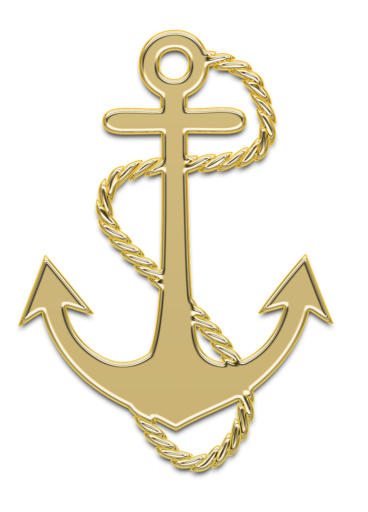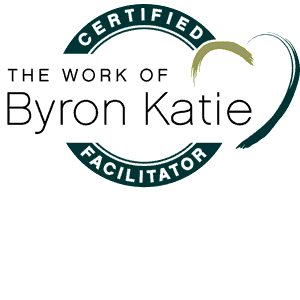
Anchored in one place nearly three months, there’s a surprising relief from all the movement that my life has become during early retirement. We sometimes talk about being “weighted down” by our dog or our responsibilities, as we take off for adventures near and far. But I’ve been noticing lately that I LIKE my anchors, the ones that keep me connected with the ground of my own heart and life. As a part of the “vulnerable population,” I’ve appreciated the Time Out required by this pandemic. There are days that I feel too confined, when I experience briefly the powerful inclination to bolt. I’ve been here before, many times in my life. Especially when I’m on a retreat or in the hot seat of change.
I figure I’m not evolved enough yet to live in a free-float state, and so my mind finds itself fixating on the advantages of anchors once again. Even though I grew up smack-dab in the middle of the country and never set foot in a boat until I was grown, anchors seem to find me. When I went to college I lived in a fancy sorority with an enormous anchor right above the colonial entrance. I was an “anchor sister”, bound by some rare combination of privilege and exclusivity. No Jewish members or people of color (out of respect for their own “separate but equal” sororities), they said. I was always slightly embarrassed because I sometimes secretly appreciated the identity and the status that the microscopic pin on my breast conferred on the enormous university campus. I felt strangely and reluctantly tethered to some tradition and idealism within the strict confines of convention.
I’m coming to a deeper understanding of the pain that privilege caused many others. What I began to experience as an anchor that weighed me down was a form of access to the privileges of my race. Although I argued against the policies, I wore the pin.
The glamour had worn off by my junior year, so I exchanged the pin for a wedding ring and took off for the West Coast. Within weeks I was anchored again to a new identity as a part of a hippie couple in the counterculture. I was more than privileged to be able to instantly reject my conforming conservative Midwest background, in favor of work shirts, boots, and blue jeans (preferably from the Salvation Army). No skin color change required. Within a year I sold the sacred pin, the only gold I’d ever worn, for five bucks at a garage sale.
I thought of myself as a nomad, unweighted down by things. After graduate school we took off for a six-month off-season trip to Europe on five dollars a day, hefting our backpacks on and off trains and hostels. We thought we were only anchored by the clothes we carried. But by the time spring rolled around we felt disconnected, rudderless, and ready to get ourselves anchored again. We moved back to the Northwest, where I eventually got a job that felt like a calling, gave birth to two children, and celebrated the stability that followed.
I only came to see anchors as an image of transformation in recent years. (more about that in next blog post). The question of where to anchor my attention has become a part of my practice as I facilitate inquiry. As I meditate. As I live my own inquiry into the heart. I’m using a piece on Anchoring in Self-Empathy every morning nowadays, as the outer world changes and shifts in sometimes frightening ways. Here’s the link, with a big word of praise for the work of the Wise Heart folks.

